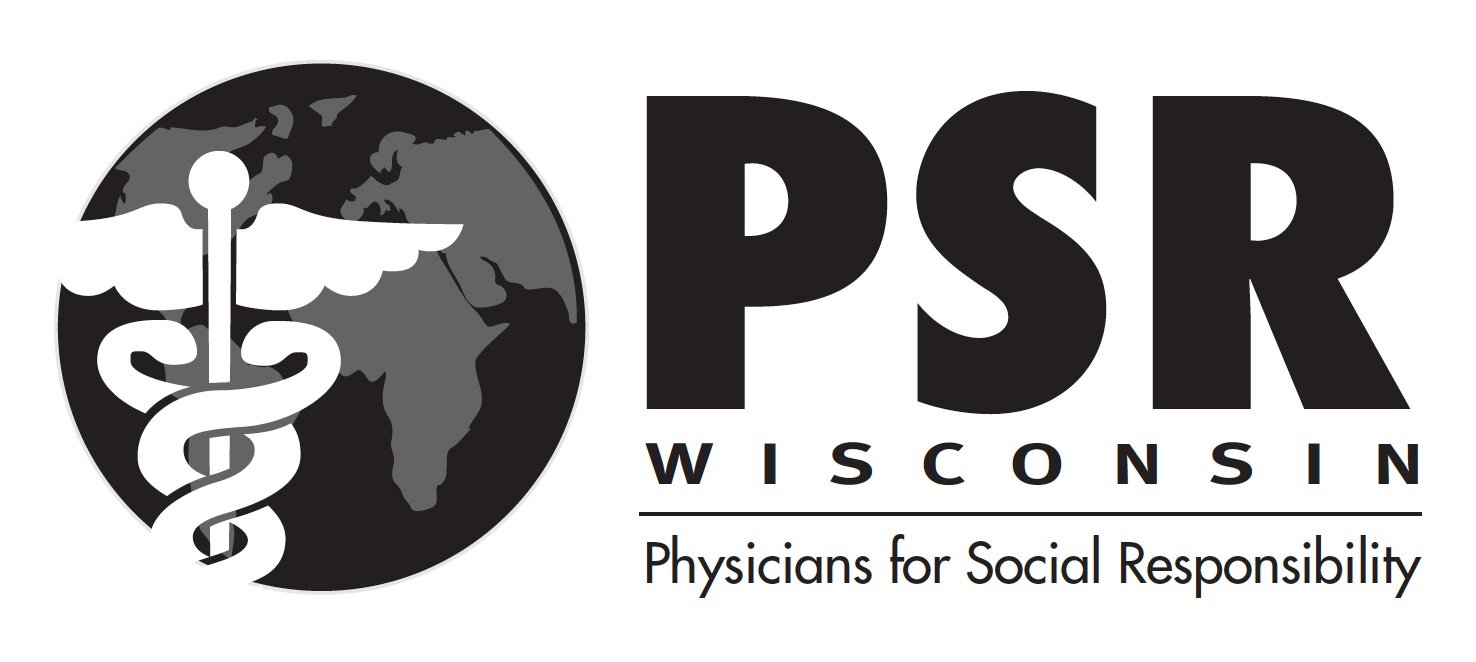Books about Hiroshima and Nagasaki
For school age Children—
1) Sadako and the Thousand Paper Cranes by Eleanor Coerr (Author), Ronald Himler (Illustrator).
2) One Thousand Paper Cranes: The Story of Sadako and the Children's Peace Statue By Ishii Takayuki The inspirational story of the Japanese national campaign to build the Children's Peace Statue honoring Sadako and hundreds of other children who died as a result of the bombing of Hiroshima.
3) Hiroshima No Pika By Japanese artist Toshi Maruki, written after an encounter during her exhibition of pictures about the atomic bomb and a chance encounter with a Hibakusha. Introduced to PSR Wisconsin by Professor John Dower (who was a friend of Toshi Maruki) in the 1980’s when he was a Japanese historian at UW-Madison.
For teens/young adult readers—
4) Sachiko A Nagasaki Bomb Survivor’s Story by Caren Stelson. The story of Sachiko Yasui who survived the Nagasaki Atomic Bomb blast at age 6 and chronicles her long journey to peace. Caren Stelson was our Lanterns for Peace guest speaker in Madison at Tenney Park in 2017.
5) Hiroshima: a Novella by Laurence Yep. This is an accurate account of the atomic bomb being dropped on Hiroshima using a girl named Sachi as the main character.
For Adults, older teens—
6) Unforgettable Fire: Pictures Drawn by Atomic Bomb Survivors, edited by Japan Broadcasting Corporation
7) Hiroshima: The classic 1946 novel by John Hersey from his investigation after the August 6, 1945 bombing of Hiroshima, first excerpted in the New Yorker.
8) When the Wind Blows is a 1982 graphic novel, by British artist Raymond Briggs, that shows a nuclear attack on Britain by the Soviet Union from the viewpoint of a retired couple, Jim and Hilda Bloggs. The book was later made into an animated film(1986).
General Books for Kids on Peace (And War)
Comments below by Deb Chitwood 12/1/2018, a Montessori teacher.
1) The PEACE Book by Todd Parr for babies and toddlers.
2) What Does Peace Feel Like? is a collection of quotes from elementary-age children answering the questions of what peace looks like, feels like, tastes like, etc. It’s a great way to inspire children to think deeply about what peace is. (Recommended for ages 4-8)
3) Peace Is an Offering is a lovely book about creating peace and being a peacemaker. It’s recommended for ages 3-5 but includes deeper issues of helping a friend who’s experienced loss. Because of that, you’ll want to consider if it’s age-appropriate for your unique child.
4) A Little Peace by Barbara Kerley is one of my very favorite peace books. It’s a National Geographic children’s book with amazing photographs and few words. At the back of the book, there’s a map with the country and explanation of the activities in all the photos. The book is wonderful for toddlers on up. I often like to place a small globe (such as the Montessori continents globe) beside the book as an added geography activity.
5) Amazing Peace: A Christmas Poem by Maya Angelou. It’s recommended for ages 6 and up and is a beautiful, moving poem that brings up deep theological issues ending with hope and the promise of peace. Adults will appreciate it as much if not more than children.
6) The Bomb and the General by Umberto Eco and Eugenio Carmi
7) The Snow Goose a 1940’s classic about rescuing stranded soldiers from Dunkirk in WWII by Paul Gallico and re-illustrated in 1992 by Beth Peck
8) The Wall—Growing Up Behind the Iron Curtain by Peter Sis about his childhood in Czechoslovakia with his ever amazing illustrations.
9) The Flame of Peace: A Tale of the Aztecs by Deborah Nourse Lattimore
